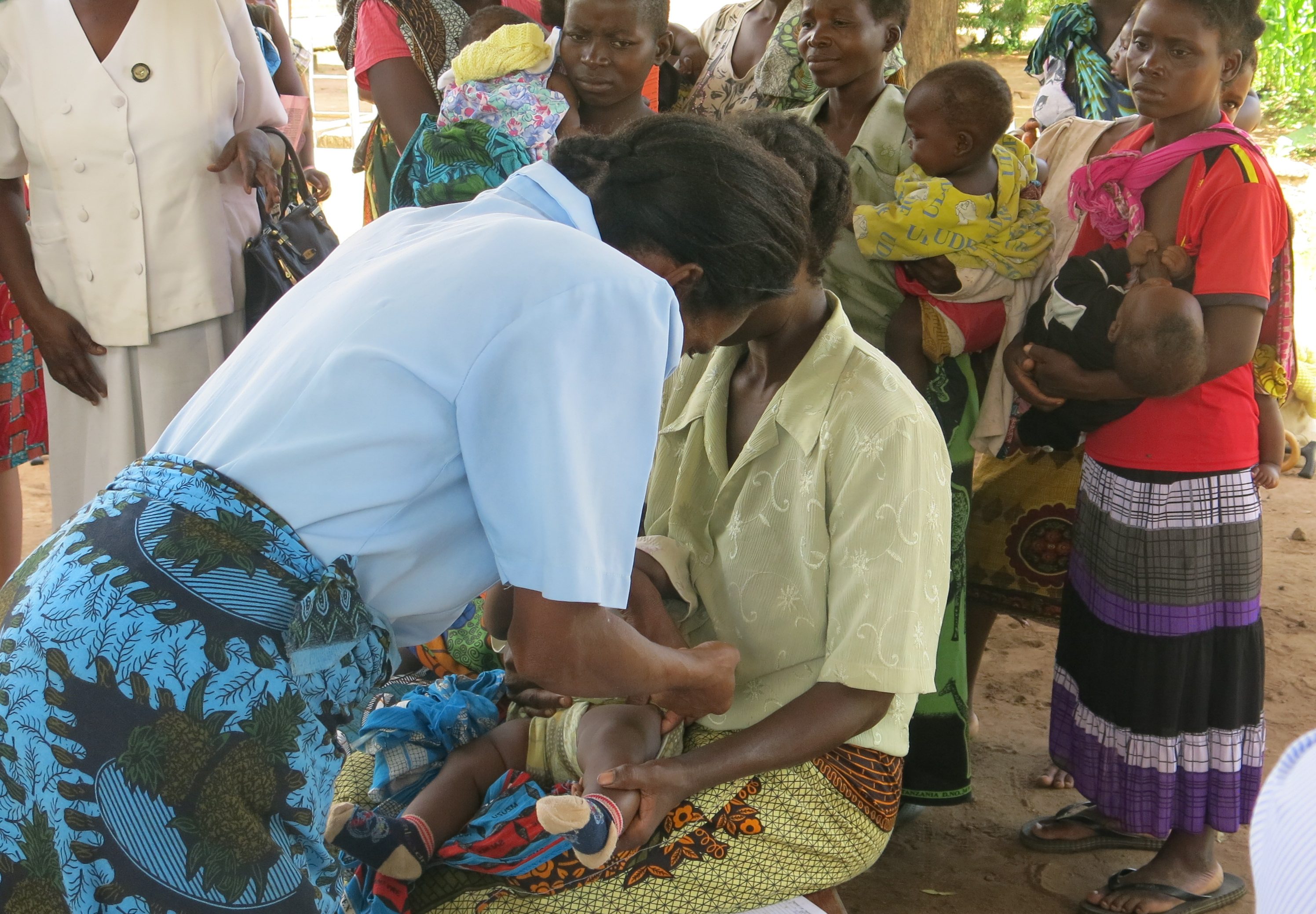
In a previous post, we offered six tips on being a successful global health innovator, including knowing your “innovation pathway”: the way you want to get your innovation to market. Do you want to form your own venture? License? With whom will you partner? These are key decisions, made all the more important by the fact that truly scaling-up any global health innovation is a difficult proposition.
Fortunately, there is help. A new guide published by USAID’s Center for Accelerating Innovation and Impact (CII), Pathways to Scale: A Guide on Business Models and Partnership Approaches to Scale-up, provides useful detail on what a “pathway to scale” might look like—specifically, the series of business model and partnership choices innovators must make to get their ideas widely implemented. CII applies business-minded approaches to the development, introduction and scale-up of health interventions to accelerate progress against the world’s most important health challenges; this report is part of their Idea to Impact series.
There are a variety of approaches to scaling up that global health innovators can consider. The guide summarizes a few of the most commonly found models, breaking them down into five broad categories. Choosing the right model is a matter of both feasibility and personal choice. If you’re an aspiring global health innovator, there are two questions to ask yourself: “Which model is most feasible for me to pursue?” and, “Which model is best aligned with my goals and preferences?”
Model 1. Organic growth with selective outsourcing
The organization, led by the innovator—you—grows as needed and only seeks outside help when necessary. The innovator often creates a new entity to drive the scale-up.
Most feasible when the capabilities needed for scale-up can be developed in-house by the innovator and her or his team; this is more likely for products with lower complexity and easier market access.
Preferred by innovators who want to be a founder-CEO with full ownership and decision-making control. He/she is likely to have a high tolerance for risk and be able to invest the time needed for success. If the product has compelling commercial value, he/she wants to capture the full financial upside.

Model 2. Multi-collaborator partnership
This model features multiple partners (including the innovator) with common or complementary interests working together.
Most feasible when the innovation addresses a well-recognized global health priority that galvanizes the attention of a group of donors, governments, and other partners.
Preferred by innovators who are willing to share scale-up decisions and also want to free-up their time and capacity for other pursuits.
Model 3. Licensing out
The innovator licenses rights to parties to drive commercialization and generate a financial payback.
Most feasible when there is compelling commercial value. This model requires licensees or acquirers who are well positioned to commercialize the product.
Preferred by innovators willing to trade off decision-making control to free up time/capacity, and to share risk with others. Note that some innovators choose to stay involved in scaling up their products after licensing out, providing expertise and ensuring the products are reaching their intended beneficiaries.
Model 4. Open licensing
The IP owner allows others to use the technology through an open license with few or no restrictions. Other organizations can build on the IP to enhance the product.

Most feasible when the original innovator is confident there is a community interested in and able to use the open license for social impact. This model doesn’t work as well if the innovation requires substantial resources to complete development and those investments have to be recouped through downstream profits or revenue. For this reason, open licensing typically works best for software innovations rather than hardware innovations.
Preferred by innovators interested in completely offloading risk. Also for those willing to sacrifice financial gains but who want to retain some ownership and decision-making control.
Model 5. Getting acquired
Model 5 is preferred by innovators who want to participate in the financial upside from the sale of the business, and fully exit from future involvement. Not many innovators are able to get acquired due to limits on the commercial value of their ideas.
Which to choose?
You don’t have to choose just one model—you could very well pursue more than one of these models in sequence, choose different models for different markets, or pursue different models for different products. We encourage you to read both the case studies of global health innovators featured in the guide as well as the exercises intended to help you select the right model. Beyond that, rely on your mentors for guidance. According to innovators who have successfully scaled up, it’s important to frequently share ideas with mentors. Seek them out to help pressure-test assumptions, explain unfamiliar concepts, and offer ideas. Their experience and knowledge can help generate more robust answers.